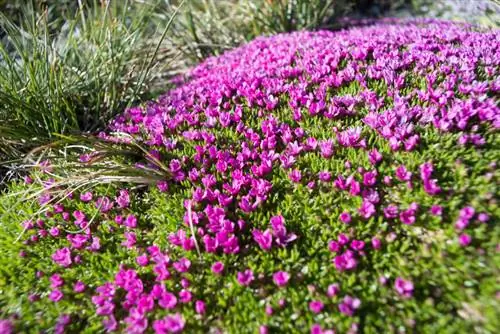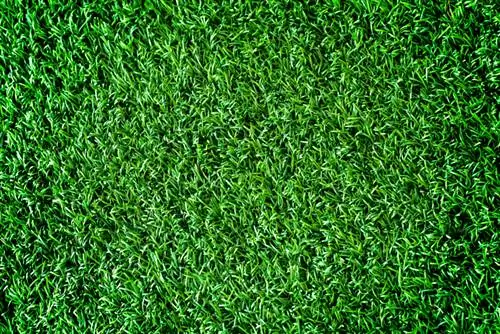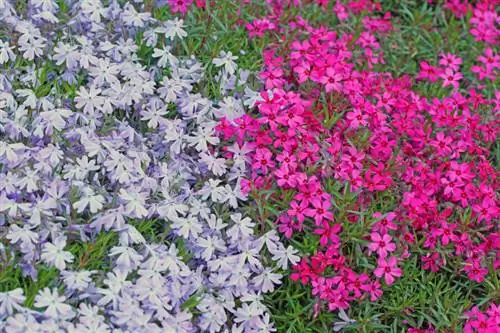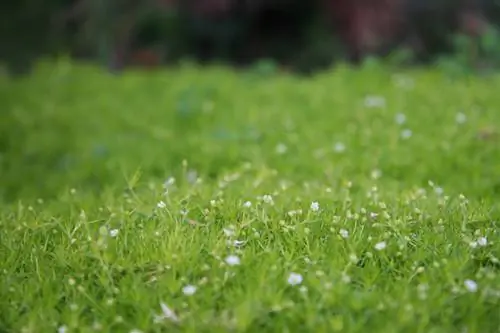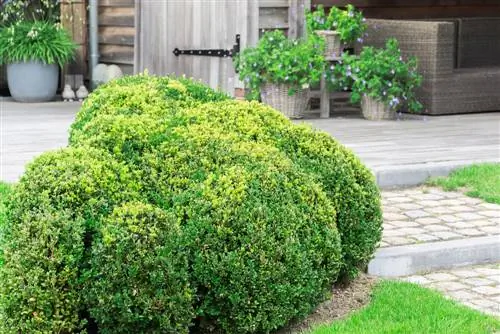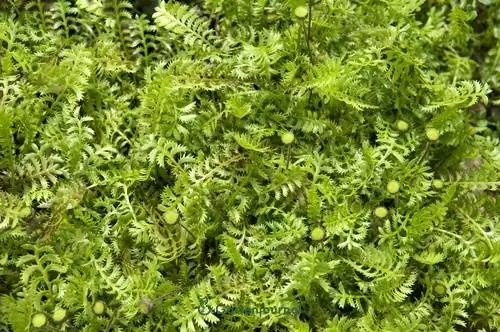- Author admin [email protected].
- Public 2023-12-16 16:46.
- Last modified 2025-06-01 06:02.
Feather cushion, also known as lye flower, is often planted as a lawn replacement. The cushion perennial comes in different colors that change depending on the season. What you need to consider when planting feather cushions.
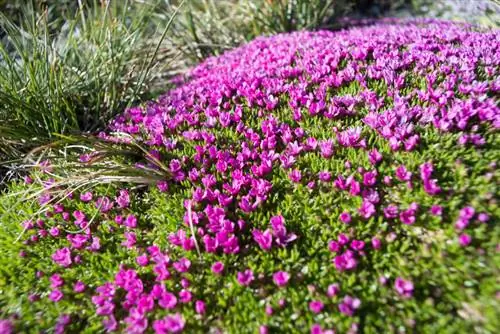
Why is feather padding good as a lawn replacement?
Feather cushion is suitable as a lawn replacement due to its low growth habit and undemanding location conditions. However, it is only partially sturdy and requires little care. Popular varieties include Cotula dioica “Minima,” Cotula hispida, Cotula potentillina, and Cotula squalida “Platt’s Black.”
Origin and characteristics of the feather pad
Feather cushion is a very low cushion perennial that is very easy to grow. Their homeland is the southern hemisphere. Depending on the variety, the plants reach a height of five to 15 centimeters.
Feather cushion is less commonly planted because of the inconspicuous yellow flowers that bloom from May to July. The perennial is particularly valued for its fine feathery foliage. Most varieties have green leaves in summer, which turn coppery to almost black in winter.
Not all varieties are perennial; winter-hardy perennials should be selected for planting as a lawn replacement.
The best location for the ground cover
- Sunny to partially shaded
- Not too humus-rich
- Permeable soil
- Slightly moist location without waterlogging
How to plant feather cushions as a lawn replacement
The soil is prepared by removing weeds and soil compaction. Soil that is too nutrient-rich or firm should be loosened with sand.
The perennials are best planted in autumn or early spring. For one square meter of soil you need around 15 plants.
After insertion, the feather pad is watered well. Weeds must be pulled regularly until the plants have spread.
Feather pads hardly need any care
Once the ground cover has grown, you hardly have any work to do with your replacement lawn. Above all, the annoying mowing is no longer necessary.
Not all plum varieties are winter hardy. For sensitive varieties, cover the replacement lawn with brushwood in autumn to prevent the plants from freezing when temperatures are too low.
Unlike, for example, Roman chamomile as a lawn replacement, feather padding is only partially resistant to wear and tear. Laying stepping stones is recommended on areas that are frequently walked on.
Popular varieties
- Cotula dioica “Minima” - summer green, winter copper-colored
- Cotula hispida - silvery all year round
- Cotula potentillina - summer green, winter copper-colored
- Cotula squalida “Platt’s Black” - summer red-brown, winter almost black, only partially hardy
Tips & Tricks
When it is very dry, feather padding and grass turn brown. The perennials recover very quickly as soon as they are watered.

